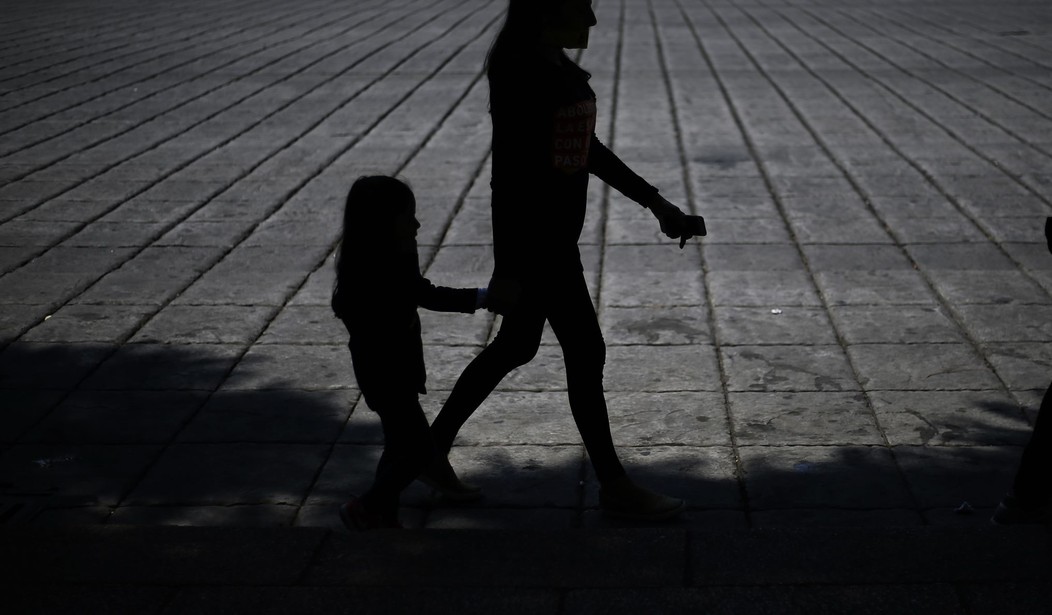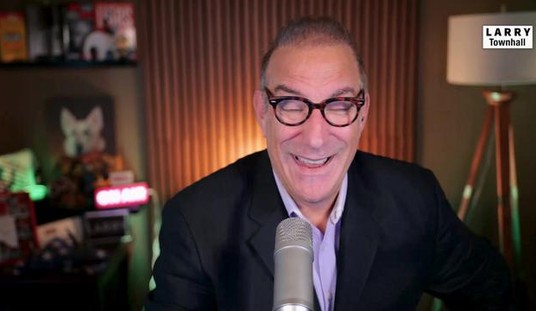From middle America to big cities, traffickers are embedded, peddling flesh for profit. Human trafficking is the second-most illicit profit-producing business in the world, upwards of $150 billion a year. Business? Yes, it is a business to these criminal enterprises that are trafficking children, women, and men for sex.
Trafficking has moved beyond borders to becoming a criminal trade facilitated by domestic actors. According to the National Human Trafficking Hotline, almost two-thirds of trafficking victims originate in the United States. Trafficking is moving beyond international cartel-based organizations to "Everytown, America."
I recently discussed the trafficking crisis encapsulating the United States with Michael Fullilove, from the nonprofit countertrafficking organization DeliverFund. DeliverFund is made up of former operatives from the special forces and intelligence communities with a goal of stopping human trafficking. Fullilove said, “There are several models of trafficking organizations. While there are the cartels and other organized criminal elements engaging in trafficking, there are also small, disaggregated groups trafficking victims in the US. This can be in the form of a gang sanctioned line of business similar to trafficking guns and drugs, it can be a "side hustle" for gang members, it can be a family member trafficking their children or siblings, it can even be an organized ring orchestrated by a doctor.”
I asked Fullilove if traffickers primarily stay within the boundaries of big cities. Fullilove said, "The reality is it doesn’t just happen in large cities, though the amount is greater just for the sheer volume of people. Traffickers move their victims through large cities and small rural towns as well as through oil fields and farming communities."
The traffickers are essentially using victims as “rental property,” taking in steady profits from the use of their victim’s body. DeliverFund’s Fullilove said, “While prices vary from locale to locale based on demand and the overall costs in the area as well as what customers are able to afford based on the economic situation in a given area, it is fair to say that victims can be sold for $200-$400 per hour and can be sold upwards of 6-10 times a night. This means that for a single victim, a trafficker can potentially earn between $375,000 and $1.25 million per year.”
Recommended
What is the demographic of a victim? DeliverFund’s Fullilove said, “There is no single demographic for a trafficking victim, nor is there a single demographic for a human trafficker. Sex trafficking victims can be as young as children or in early adulthood. Sometimes these victims are continually victimized from their mid-teens to their early 30s. If we look at labor trafficking, the age spread is even greater. There is no common socioeconomic or racial background of victims; they can come from poor or rich households. The only general commonality for sex trafficking victims is there is a history of some form of abuse in their background, whether that is sexual, physical and/or emotional abuse. This is common in ~95% of victims.”
How can law enforcement and non-governmental organizations attack the trafficking epidemic. Fullilove said, “Rescuing victims one at a time is a noble endeavor and certainly gives a victim a shot at a new life. However, because money is the underlying ideology, rescuing a single victim [only] incentivizes a trafficker to recruit a new victim. This clearly doesn’t address the problem effectively.” Essentially, the traffickers looks at a rescued victim as a cost of business, a write-off, they will continue to operate because human life is replaceable. A human is simply a commodity to the trafficker.
Victims can be seen in plain sight, screaming on the inside for help but unable to step forward out of fear or conflicting emotions. Trafficking is a form of modern-day slavery happening in all fifty-states and must be addressed by every facet of government, from Congress to City Council. Law enforcement, from state to federal, needs to target the traffickers money and assets to take them out of commission.
Dr. Jason Piccolo (@DRJasonPiccolo) is a former Border Patrol agent, Immigration and Customs Enforcement special agent, and Department of Homeland Security supervisor. He is a former U.S. Army Captain (Operation Iraqi Freedom) and author of the recently released book Out of the Shadows: A Government Whistleblower’s Firsthand Account of How the Protection of Migrant Children Became A Political Firestorm.

























Join the conversation as a VIP Member